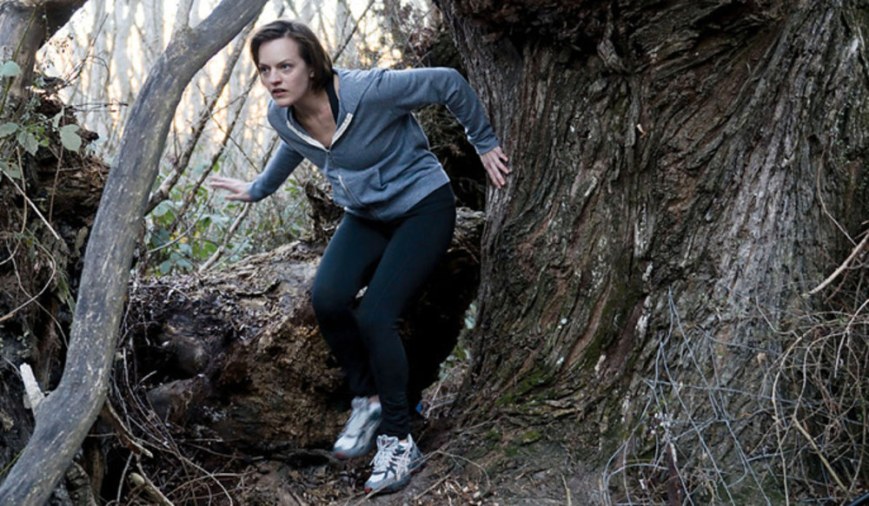“Such is man’s measure.
Well deserving, yet poetically
Man dwells on this earth.
[…]
Life is death, and death a life.”
—from Friedrich Holderlin’s “In Lovely Blue”

A British motorcyclist across a canal leading to the safe walls of Cairo yells out, “Who are you?” And another man, bereft of water and dignity, dry sand peeling away at his face, veiling his fair skin from the Arab world, cannot answer the question. Who you are in the case of LAWRENCE OF ARABIA (1962) might mean the difference between a British soldier and an Ottoman Turk, between life and death. “What are you?” or “What are you doing?” or even “Where are you going?” might have been more appropriate questions, less confounding and philosophical in nature. But, Lawrence (Peter O’Toole) and his movie-watching audience must listen to the reverberating enquiry, “Who are you?”—a question which not-so surprisingly comes from an un-credited David Lean playing the part of the aforementioned motorcyclist. So, when asked by the director, himself, “Who are you,” was Lawrence’s tongue too weak, his lips too parched to respond, or does Lawrence simply not know the answer to his own being? Lean’s homage to the “clean” desert asks both its characters and its audience time and time again, like the repetitious chorus in a poem or the repeated colors and lines in a painting, “Who is T. E. Lawrence?” The brilliance of Lean’s film is its tendency to mystify the audience with the dangerous and sly art of sidestepping, like a sand-crab, away from absolutes, away from truths; instead, Lean carefully constructs a world in which Lawrence and the many people with whom he interacts are fully realized characters through the investigative interpretations and assumptions of the audience. That is to say, LAWRENCE OF ARABIA is as much an ontological study of Lawrence’s role in the Arab rebellion during WWI as it is an ontological experience for the viewer, the scopophiliac who watches a man lose himself (and find his way back?) in an allegorical story of Exodus, Suffering, and Salvation.

LAWRENCE, on one front, is a film about the manipulation and exploitation of a desert peoples, whom Lawrence describes as “greedy, barbarous, and cruel” so long as the disunited Arab tribes fight amongst themselves. The British government is playing a colonial power-game with the divided tribes—uniting the Arabs with a limited amount of resources against the Turks relieves troops on the Western Front, while at the same time, secures British loyalties and strongholds in the Arabian Peninsula. On another front, this film is a very small and personal biopic, as it focuses on the life of seemingly insubordinate and flamboyant educated military man, Lawrence. These kinds of polarized stories, one an epic war film and one a small, character drama, recall Polanski’s CHINATOWN (1974), where the story is divided into two parts, not wholly inseparable but not wholly unified: one storyline follows the small occurrence for love, which will lead to the truth behind Mrs. Mulwray’s relationship with her father; while the larger more grounded story follows a murder investigation that will lead Detective Gittes to discover how Los Angeles, a desert-town, manages to get its water. These carefully constructed stories, inseparably separate, should not be seen as opposed forces, but as complementary plots and characters and revelations that are woven together in such a way that keeps the audience self-reflecting. LAWRENCE, like many memorable films, achieves this dualism of story. How Lean achieves the dualism is of further analysis and questioning.
The relationship between our hero Lawrence and the Arabian Desert recalls the Biblical relationship between the Israelites and their Exodus, their forty years of wandering in the Sinai. The tale of Exodus is a tale of contractual redemption through suffering. Lawrence’s Exodus is a self-prescribed contract between Lawrence and his own will-power to survive and to inspire and provide freedom. But before Lawrence can suffer and redeem himself, he must prove himself a hero—he must become a modern Moses. When Lawrence and Sherif Ali (Omar Sharif) lead Prince Feisal (Alec Guinness) and Auda Abu Tayi’s (Anthony Quinn) warriors across the “sun’s anvil,” Lawrence reaches the edge of the anvil—a refuge of water—but chooses to return to the death-trap wasteland to rescue Gasim (I. S. Johar). This Lawrence is the “hero” the American reporter Bentley (Arthur Kennedy) has been “looking for.” This act of courage and valor in spite of the insurmountable odds earns Lawrence the well-deserved respect of his Arab comrades. However, nothing is what it seems. Lawrence’s regression into suffering, like the Israelites, is brought on by his hubris and his unwillingness to yield to reason, when reason does not suite his own desire. At the film’s 120min pivot point, Lawrence’s overwhelming pride leads him to cross the Sinai Peninsula—to literally embark on the same journey as the Israelites. On that journey Lawrence’s loses his compass in a sandstorm and Daud (John Dimech), one of Lawrence’s illegitimate servants, dies in quicksand. Lawrence literally loses his way on the road to Cairo, and upon reaching the canal, David Lean literally steps into the frame like Hitchcock or Renoir and asks the film hero, “Who are you?”

A viewer will see in a film what he chooses to see. And a film ultimately does not exist without seeing—film, in that respect, is a two-way street where the creator and the viewer bring to each film his own baggage, his own interpretation, and his own explanation for the “who,” “what,” and “why.” But the seeing is not so often believing as, using Howard Suber’s phraseology, “believing is seeing.” In the previous paragraph I have described loosely the allegorical in LAWRENCE—that is, seeing Lawrence as a figura of Moses. What I have not outlined, however, is the way in which Lean desecrates the allegory. “Desecrate”—to destroy that which is sacred— according to theOED, comes from the Latin root “dēsecrāre;” and from “Old French des-sacrer: […] ‘to profane, violate, unhallow.’” Lean must build up the heroic figura of Lawrence in the first half of the film so that he might desecrate the sacred heroism and allegory with which we, the audience, have so wholeheartedly aligned ourselves. The sacred, as the film suggests, “is written.” But Lawrence defiles the sacred when he utters, “Nothing is written.” Like Nietzsche’s famous utterance of God’s abandonment, Lawrence’s defiance to his own destiny and his own conflicting associations with nationality—to be a hero and redeemer for the Arab peoples or to be a decent British officer—is the same kind of defiant relationship between fate and destiny. These two forces, like parallel storylines, are not necessarily contradictory, but they are wholly human. The reason Lawrence cannot answer the question the director and the audience asks is because we, ourselves, cannot fully understand being when it is ongoing. Lawrence asks, “Who will walk on water with me?”—a question that is sacred. But in the same film, Lawrence screams “No Prisoners!” and murders a helpless caravan of Turks; in the same film, Lawrence plays the pawn to the British (and Feisal’s) colonial war game. The desecrated hero is a film-paradox that reflects the paradox of real being. And, ultimately, it is not meant to be understood, only felt. In moments, in Heidegger’s “there-being,” lies the salvation for Lawrence and the innocent onlooker.







